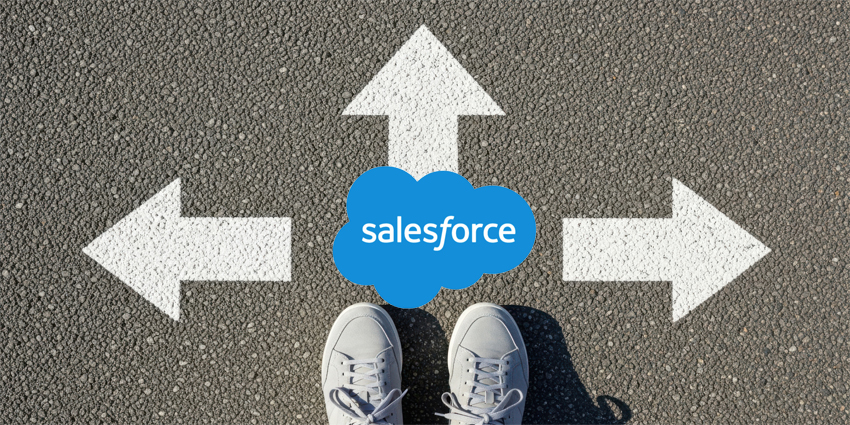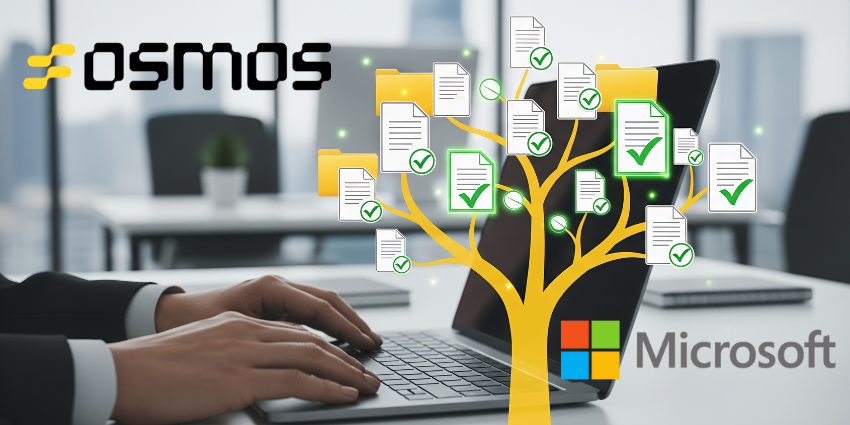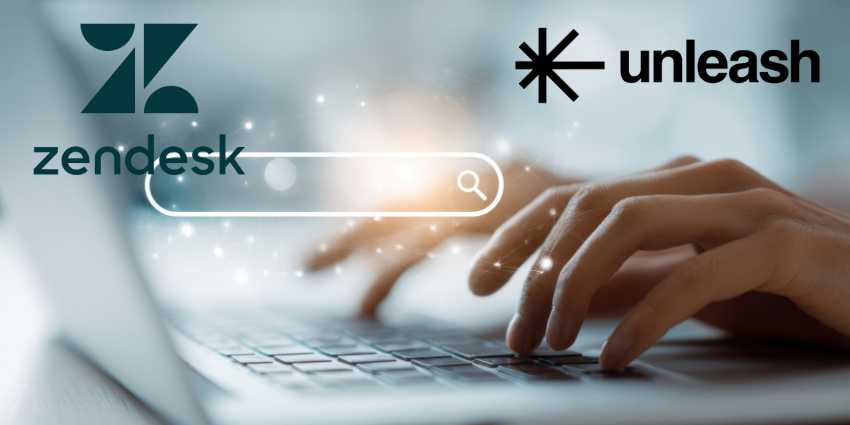Salesforce is continuing to tinker with Agentforce’s pricing model.
The goal remains the same: to reduce barriers to entry and get more of its 150,000+ customers on the AI agent platform.
As of May 2025, 8,000 of those customers are currently leveraging Agentforce.
Hoping to boost those numbers, Salesforce’s latest move is to introduce ‘pay-as-you-go’ and ‘pre-commit’ payment options.
Along with the pre-existing ‘pre-purchase’ option, Salesforce now offers three distinct ways to pay for Agentforce.
When sharing the new payment options, Bill Patterson, EVP of Corporate Strategy at Salesforce, underlined how they pave a path for “businesses of all sizes” to start testing and deploying AI agents. He said:
We’re removing the friction and lowering the barrier to entry so every company, whether they’re a long-time customer or trying Salesforce for the first time, can get started and see immediate value from digital labor with Agentforce.
The updates follow the introduction of that ‘pre-purchase’, consumption-based pricing model earlier this year.
With this, customers only pay for specific actions, each costing 20 credits or about $0.10. Businesses can purchase 100,000 credits in $500 bundles.
By introducing the model as an alternative to its previous, confusing $2 per conversation model, Salesforce provided a simpler, more flexible approach that ties costs directly to usage.
The focus on flexibility was also highlighted as a driving force behind the new payment options, with the vendor claiming that customers now have the flexibility to choose the pricing model that works for them.
Here is a closer look at the unique features of each payment model.
1. Pay-As-You-Go Pricing
Pay-as-you-go pricing is available straight away and provides customers with the opportunity to start quickly with no upfront costs. They can pay monthly based on Flex Credits consumed.
Salesforce suggests this option is particularly well-suited for running pilots, experiments, or companies dealing with fluctuating workloads.
2. Pre-Commit Pricing
Salesforce’s other new model is currently in limited release. It rewards those users who make large upfront commitments with lower rates.
The larger the commitment, the better the savings, providing users with the opportunity to boost ROI as their organizations scale.
3. Pre-Purchase Pricing
Pre-purchase remains a cost-effective option, with customers able to buy credits in advance and draw from them over time.
Typically, it suits businesses with steady, predictable demand and remains the most common payment method for Salesforce customers.
More Agentforce Tinkering
Away from the new pricing models, Salesforce has also confirmed the expansion of its Agentforce portfolio with a public sector edition.
The Agentforce for Public Sector offering is designed to help government agencies and local authorities automate routine services, from benefit applications to 311 requests, with pre-built and customizable AI agents.
It runs on Salesforce’s core infrastructure and has been developed to meet compliance standards such as FedRAMP High and Protected-B.
Early adopters include the City of Kyle, Texas, which is using Agentforce to handle resident queries more efficiently.
Indeed, in speaking on the implementation of the solution, Jesse Elizondo, Assistant City Manager of the City of Kyle, Texas, stated:
“Agentforce has greatly enhanced our ability to deliver an exceptional customer experience, work more efficiently, and drive cost containment.
It’s like having every aspect of town hall instantly accessible 24/7, whether you’re a city employee or a resident seeking help.
By providing these industry and role-specific iterations, Salesforce aims to deliver quick wins with out-of-the-box skills and components that build confidence in Agentforce and appetite for later-stage approaches.
Moreover, these iterations – alongside the new pricing models – suggest that Salesforce is desperate to get more companies on the starting blocks.
After all, despite the heavy marketing campaign behind Agentforce, the constant changes and updates hint that the company is more focused on the solution’s uptake than supporting those later-stage implementations.







